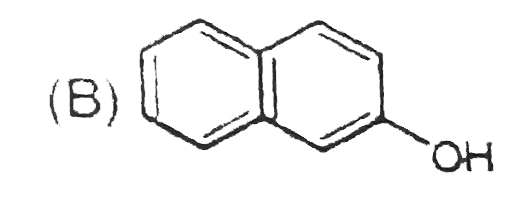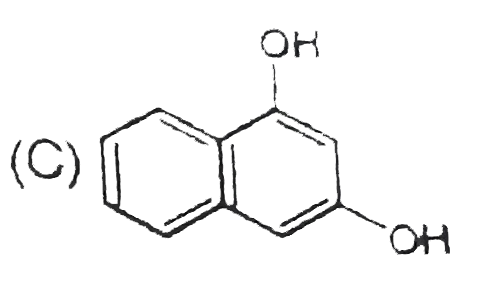Oils generally have melting point than saturated fats, hence remain at room temperature.
Higher, solid
Lower, liquid
Higher, liquid
Lower, solid
Step-by-Step Solution:
1. Understanding the Types of Fats:
- Fats can be categorized into saturated and unsaturated fats. Saturated fats have no double bonds between carbon atoms, while unsaturated fats contain one or more double bonds.
2. Identifying Sources:
- Saturated fats are typically derived from animal sources (e.g., butter, lard), whereas oils (unsaturated fats) are usually obtained from plant sources (e.g., olive oil, sunflower oil).
3. Comparing Melting Points:
- Saturated fats generally have a higher melting point due to their straight-chain structure, which allows them to pack closely together.
- Unsaturated fats (oils) have a lower melting point because the presence of double bonds creates kinks in their structure, preventing tight packing.
4. Behavior at Room Temperature:
- Because of their lower melting point, oils remain in a liquid state at room temperature.
- In contrast, saturated fats tend to be solid or semi-solid at room temperature.
5. Final Answer Construction:
- Based on the comparison, we can conclude that oils generally have a lower melting point than saturated fats, hence remain liquid at room temperature.
Final Answer:
Oils generally have lower melting point than saturated fats, hence remain liquid at room temperature.
---
- Fats can be categorized into saturated and unsaturated fats. Saturated fats have no double bonds between carbon atoms, while unsaturated fats contain one or more double bonds.
- Saturated fats are typically derived from animal sources (e.g., butter, lard), whereas oils (unsaturated fats) are usually obtained from plant sources (e.g., olive oil, sunflower oil).
- Saturated fats generally have a higher melting point due to their straight-chain structure, which allows them to pack closely together.
- Unsaturated fats (oils) have a lower melting point because the presence of double bonds creates kinks in their structure, preventing tight packing.
- Because of their lower melting point, oils remain in a liquid state at room temperature.
- In contrast, saturated fats tend to be solid or semi-solid at room temperature.
- Based on the comparison, we can conclude that oils generally have a lower melting point than saturated fats, hence remain liquid at room temperature.
Oils generally have lower melting point than saturated fats, hence remain liquid at room temperature.
Topper's Solved these Questions
Similar Questions
Knowledge Check
Which will have highest melting point ?
A B
B C
C D
D
Which will have highest melting point?
A B
B C
C D
D
Chlorine reacts with saturated hydrocarbons at room temperature in the
Aabsence of sunlightBPresence of sunlightCpresence of waterDpresence of hydrochloric acid
Why do halogens have low melting points ?
View SolutionGenerally the ionic compounds have high melting points.
View SolutionGenerally the ionic' compounds have high melting points.
Give reason
View SolutionWhich of the following is a non-metal that remains liquid at room temperature?
View SolutionWhich of the following have melting point less than 298 K
View Solution
